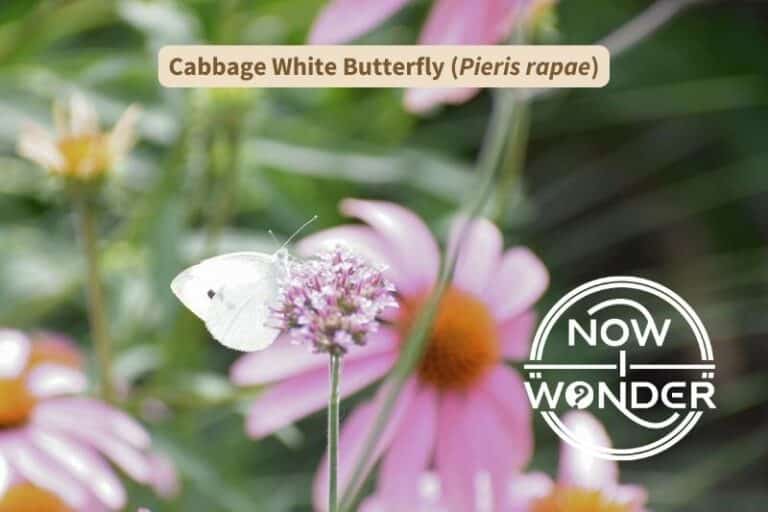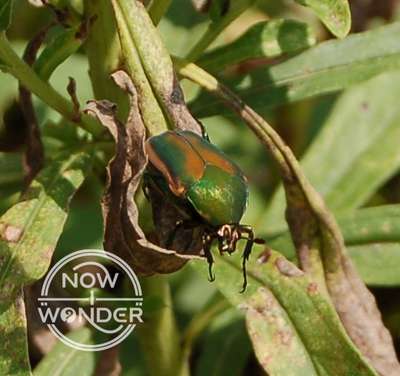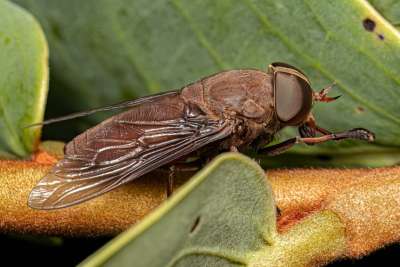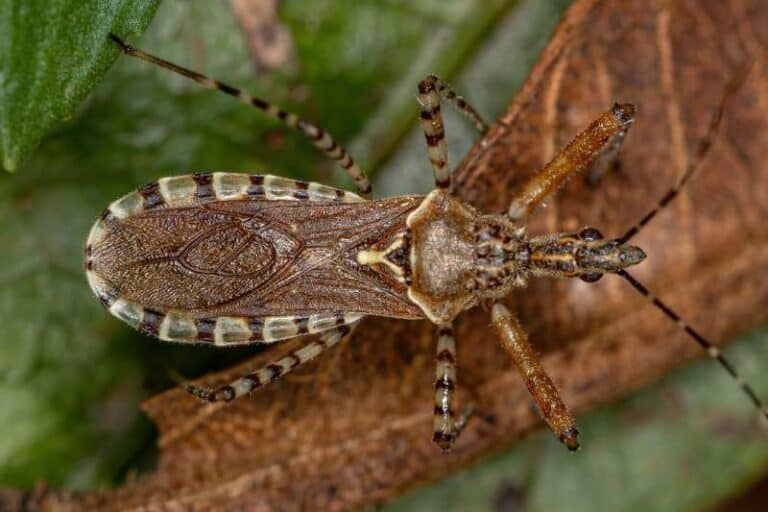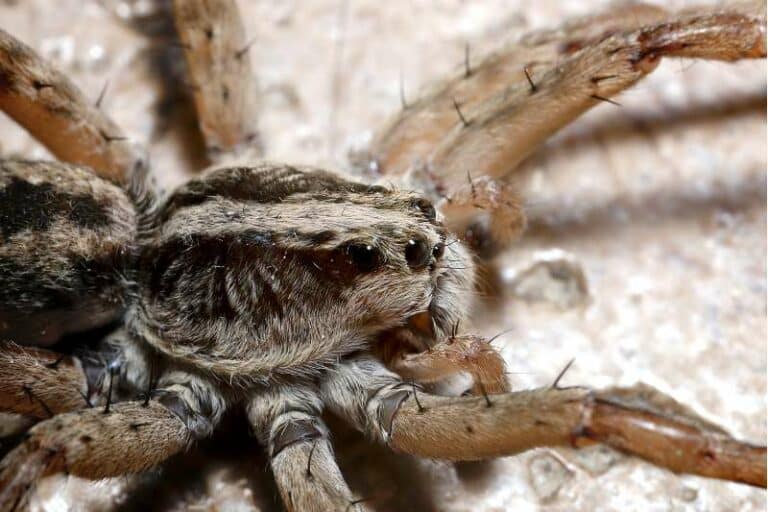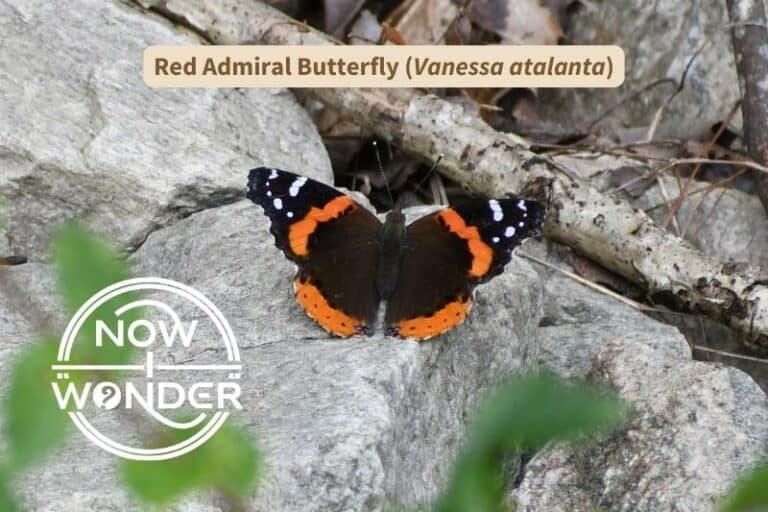Monarch butterflies (Danaus plexippus) are large, orange and black butterflies found throughout North Carolina and are especially abundant in late August through early October. Famous long-distance migrants, North Carolina Monarchs travel thousands of miles in the fall to over-winter in Mexico.
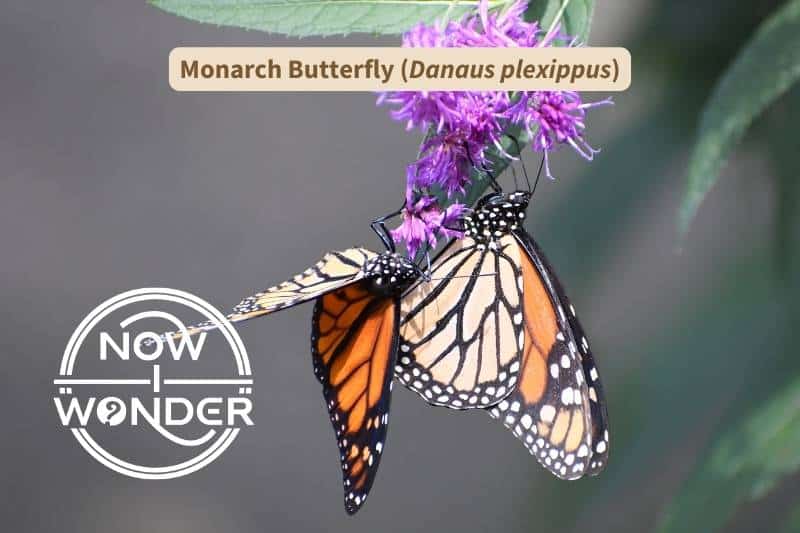
Fun Facts About Monarch Butterflies To Wow Your Friends
- Monarch butterflies (Danaus plexippus) complete one of the greatest mass migrations of any organism on earth.
- Every fall, millions of individuals fly south to the mountains of central Mexico- a journey of over two thousand miles for those individuals who start from North Carolina.
- An adult Monarch’s wing color can range from pale yellow to deep reddish-orange. Research shows that darker butterflies can fly faster and farther than paler ones, possibly due to genetic links between a butterfly’s wing color and important physiological characteristics like wing muscle size and metabolic efficiency (Davis et al. 2012).
- Individual Monarch butterflies that develop later in the season and closer to the start of their seasonal migration tend to be redder than early season butterflies, which may represent a helpful adaptation for those butterflies that must launch a journey of thousands of miles.
- Monarch butterfly caterpillars (Danaus plexippus) absorb toxic chemicals from the milkweed plants upon which they feed into their tissues.
- The toxic chemicals remain in the insects’ body tissues even through metamorphosis into adult butterflies and are especially concentrated in their wings and abdomens.
- These chemicals make Monarch butterflies noxious to most North Carolina predators.
- Adult Monarchs warn predators away by being boldly colored and patterned, with deep orange wings lines with black wing veins. Use of color as a defensive visual warning is known as “aposematic coloration”.
- Monarch butterflies (Danaus plexippus) are the most famous and recognized of all lepidopterans by far.
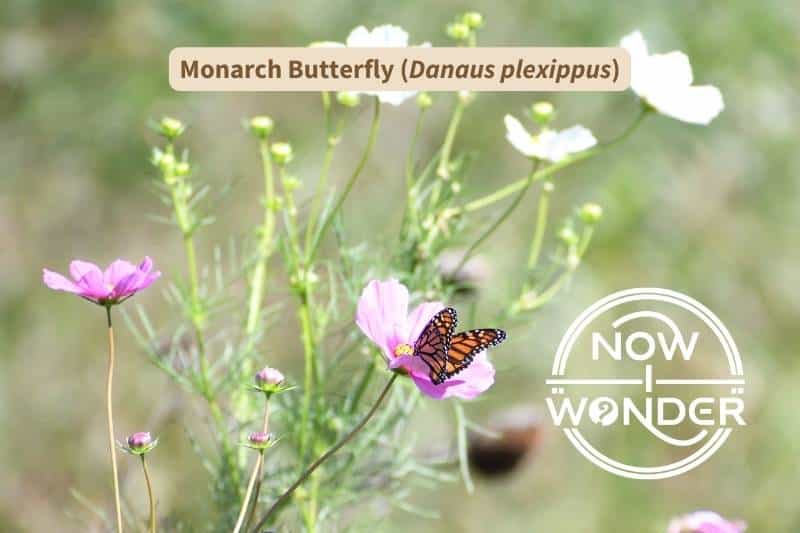
How are Monarch Butterflies Classified?
| Kingdom | Animalia |
| Phylum | Arthropoda |
| Class | Insecta |
| Order | Lepidoptera |
| Family | Nymphalidae (“brush-foot butterflies”) (subfamily Danainae, “milkweed butterflies”) |
| Genus species | Danaus plexippus |
How Do I Know I’m Looking at a Monarch Butterfly?
Appearance of Monarch Butterfly Eggs
Monarch butterfly eggs are opalescent white, barrel-shaped, and ridged from top to bottom. Females lay the 0.05 inch (1.2mm) eggs one at a time on the leaves of host plants.
Appearance of Monarch Butterfly Caterpillars / Larvae
Monarch butterfly caterpillars are smooth-bodied and striped from side to side with thin black, yellow, and white bands down the full length of their bodies (known as “transverse stripes”). The caterpillars’ heads are striped with black and either white or yellow, and each end of the caterpillars sports a pair of fleshy, black tubercles.
Monarch caterpillars grow through five stages called “instars”; when they first hatch, they are only about 0.24 inches (6 mm) long but by their fifth instar, they are plump and nearly 2 inches (5 cm) long (Wagner, 2005).
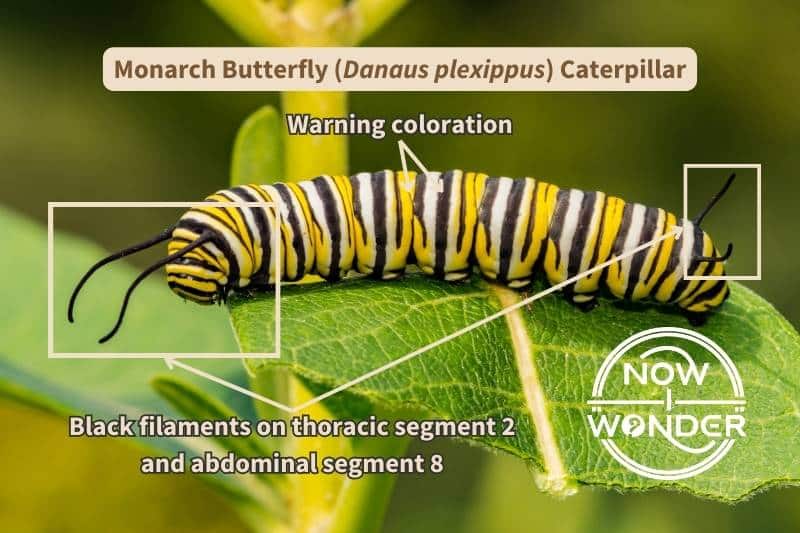
Unlike many other butterfly species whose chrysalids are well-camouflaged and mimic bird droppings or dried leaves, Monarch chrysalids are obvious, unmistakable, and pretty.
Monarch chrysalids are smooth, plump cases about 0.875 inches (22 mm) that dangle beneath the host plants’ leaves from a flexible stalk. Each chrysalis starts out jade green and opaque, with a metallic gold and black seam along the front curve and small golden dots at the bottom. As time passes, the chrysalis becomes translucent, then turns completely transparent about twelve hours before the insect emerges as its adult form (Wikipedia, 2023).
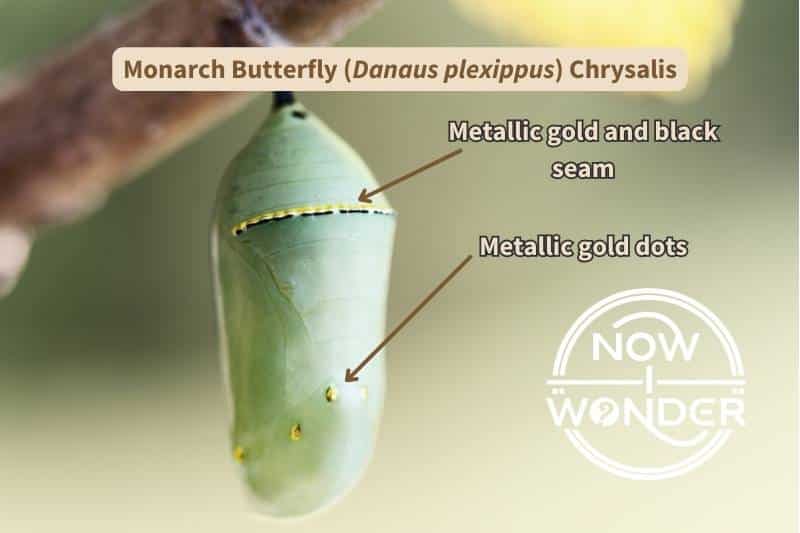
Appearance of Adult Monarch Butterflies
Adult Monarch butterflies (Danaus plexippus) are quite large, with 4 inch (102 mm) wingspans (females tend to be slightly larger than males) and long forewings.
From above, Monarch butterfly (Danaus plexippus) wings are bright orange; from below, a paler yellowish-orange. Both the dorsal (upper side) and ventral (underside) of their wings have deep black wing veins and black wing margins patterned with two rows of white spots. Males and females look similar, although females may be slightly darker than males and their black wing veins may be less distinct (Pyle, 1981).
This orange and black color pattern is common amongst brush-footed butterflies in family Nymphalidae; many other butterflies in this family can be mistaken for Monarchs, especially from a distance. However, Monarchs are differentiated by the combination of black wing veins, the two rows of white spots in their black wing bands, and the similarity of their dorsal and ventral wing surfaces.
Male Monarchs have a tiny black scent spot in the middle of each hind wing. While this can be hard to see in the wild because it blends into the black wing vein, its presence helps identify the individual as a male Monarch. This wing spot is made up of special “androconial” scales, which secrete “pheromones” which waft into the air with every beat of the males’ wings. Pheromones are species-specific chemicals that attract female Monarchs from afar.
Their bodies are jet black with bright white polka dots. From above, the polka dots cover only the top of the butterflies’ heads and the first part of their thoraxes (the part of the body to which their wings attach). From below, the polka dots decorate the entire face, thorax, and abdomen (the last body segment).
At first glance, Monarchs appear to have two pairs of legs only, rather than the three pairs expected of all insects. In fact, they still have three pairs of legs but the first pair is very small and not used for walking or perching.
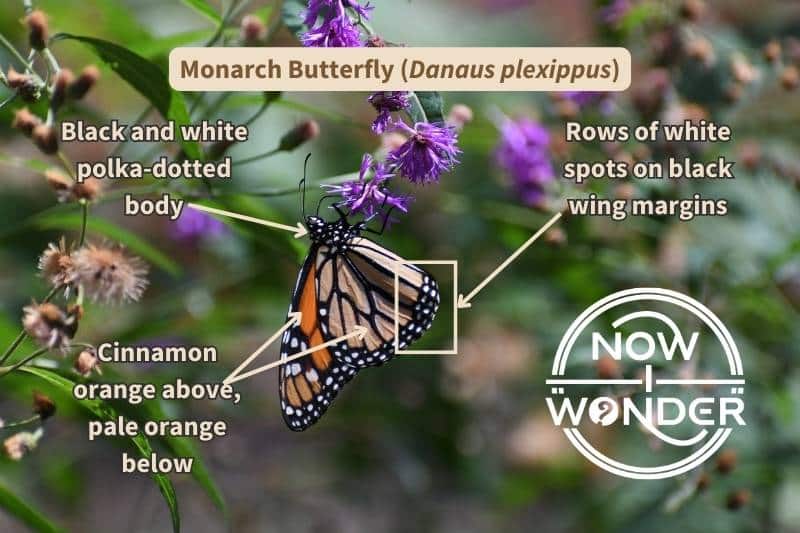
When Can I Find Monarch Butterflies in North Carolina?
Monarch butterflies (Danaus plexippus) are found across the state of North Carolina during the warm summer months but are most abundant in early spring and late summer, thanks to their migratory pattern.
Monarchs migrate from north to south at the end of the summer, overwinter in the mountains of central Mexico, especially the state of Michoacan, and from south to north in the early spring. This migration is multi-generational- adults that start the migration are not the adults that end it.
In early spring, the adults that survived the winter months mate and begin traveling north; the females lay eggs as they go along. As the days pass, the original adults die and new ones develop from the eggs laid as the population moves north. In warm weather, an individual Monarch may live its entire lifecycle (from egg, through larva, pupa, and adult) in thirty days (Wagner, 2005).
Monarch butterflies usually arrive in North Carolina in April, have 4-6 broods per summer season in North Carolina (Opler and Malikul, 1992), and are most abundant in September and October when their southward migration is underway (Glassberg, 1999).
Where Should I Look To Find Monarch Butterflies in North Carolina?
In North Carolina, look for Monarch butterflies (Danaus plexippus) anywhere where there is a lot of open, sunny space filled with flowering plants, especially any locations that contain flowering plants in the milkweed family. These habitats include old farm fields, meadows, roadsides, utility cuts, and home gardens.
Although they are widespread, the number of individual Monarchs in a given area can vary widely. When not actively migrating, adults stick close to areas with lots of the milkweed plants that are vital for their survival. So the number of Monarchs can range from abundant in one spot to downright uncommon in another.
Female Monarchs ignore old milkweed growth in favor of new, tender leaves so recently mowed roadsides, utility cuts, and fields are often attractive locations and can hold many caterpillars (Wagner, 2005).
Migrating Monarchs fly through the entire state of North Carolina, but concentrate along rivers and the immediate coastline (Glassberg, 1999).
Monarch butterflies usually reach North Carolina in April and May when flying north and remain throughout the summer months. However, they are most abundant in September and October as the populations that spent the summer farther north travel through North Carolina on the way to their Mexican wintering grounds.
Monarch butterflies are strong fliers and soar through air across long distances, usually with their wings held in a “V” shape (Glassberg, 1999). This flight style, plus their large size, bright orange color, and bold wing pattern, make them very easy to spot in the wild, even from a distance.
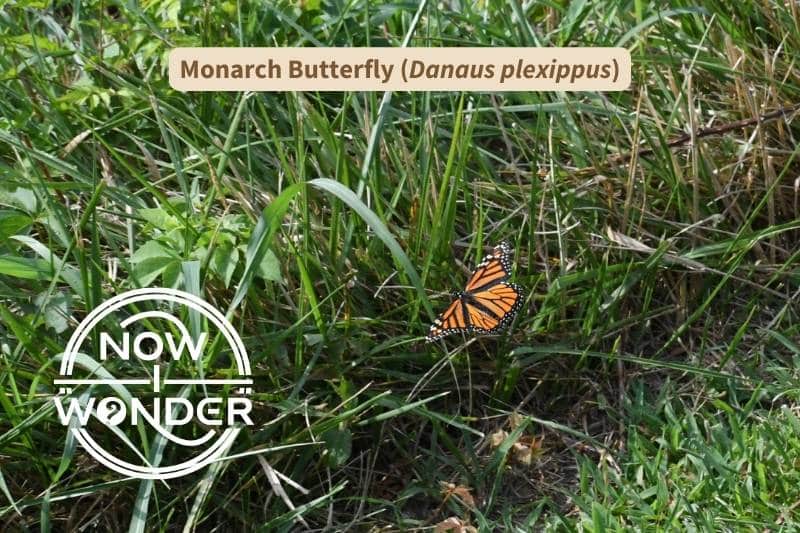
What Do Monarch Butterflies Eat?
Monarch Butterfly Larval Food Plants
Monarch butterfly caterpillars (Danaus plexippus) are specialty feeders and can only feed on plants in the Milkweed family Asclepias. In North Carolina, wild Milkweed plants include Swamp Milkweed (Asclepias incarnata), Four-leaved Milkweed (A. quadrifolia), Common Milkweed (A. syriaca), and Orange Milkweed (A. tuberosa) (Justice and Bell, 1968).
Monarch Butterfly Adult Food Plants
Nectar, most often from milkweed plant flowers but also likes flowers in Compositae family (Opler and Malikul, 1992), which is also known as the Asteraceae family (Compositdb, 2022).
References
Davis, Andrew K., Jean Chi, Catherine Bradley, and Sonia Altizer. 2012. “The Redder the Better: Wing Color Predicts Flight Performance in Monarch Butterflies.” PLoS One 7 (7) (07). doi:https://doi.org/10.1371/journal.pone.0041323.
Glassberg, Jeffrey. 1999. Butterflies Through Binoculars: The East. New York, NY: Oxford University Press.
Justice, William S. and Bell, C. Ritchie. 1968. Wild Flowers of North Carolina. Chapel Hill, NC: University of North Carolina Press.
Knapp, Steve and Michelmore, Richard. 2022. A Brief Overview of the Compositae, Lettuce and Sunflower. USDA. Last modified April, 29, 2022. https://compositdb.ucdavis.edu/compositae_overview.php
Opler, Paul A., and Malikul, Vichai. 1992. Peterson Field Guides: Eastern Butterflies. New York, NY: Houghton Mifflin Company.
Wagner, David L. 2005. Princeton Field Guide Series: Caterpillars of Eastern North America. Princeton, NJ: Princeton University Press.

